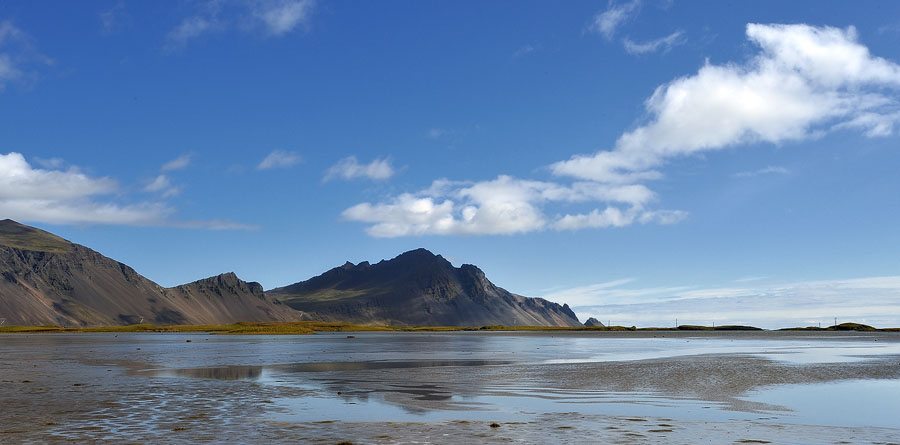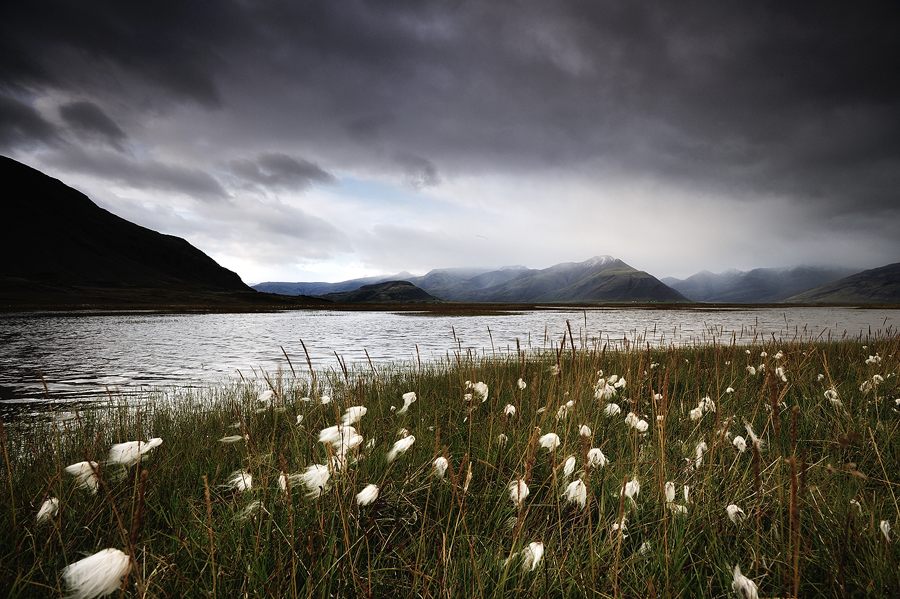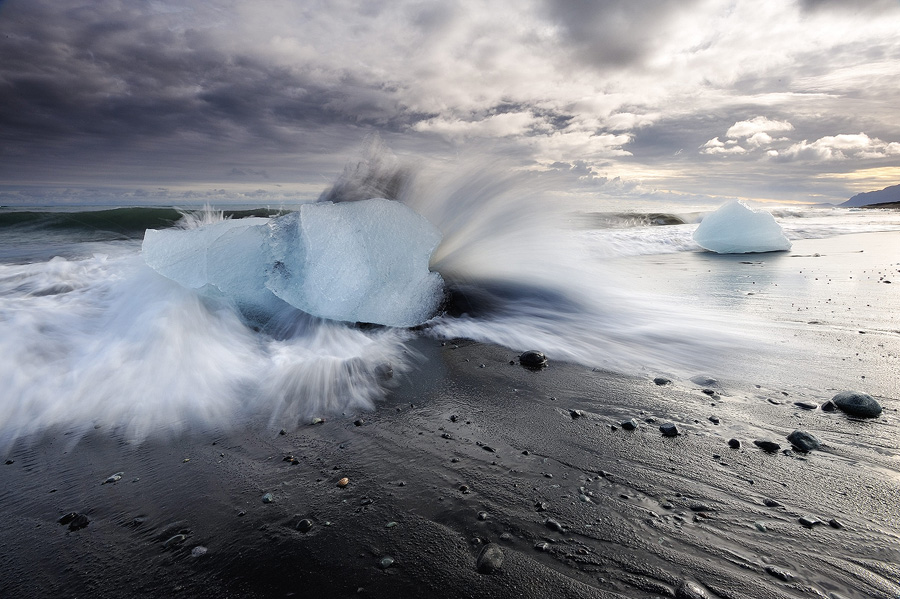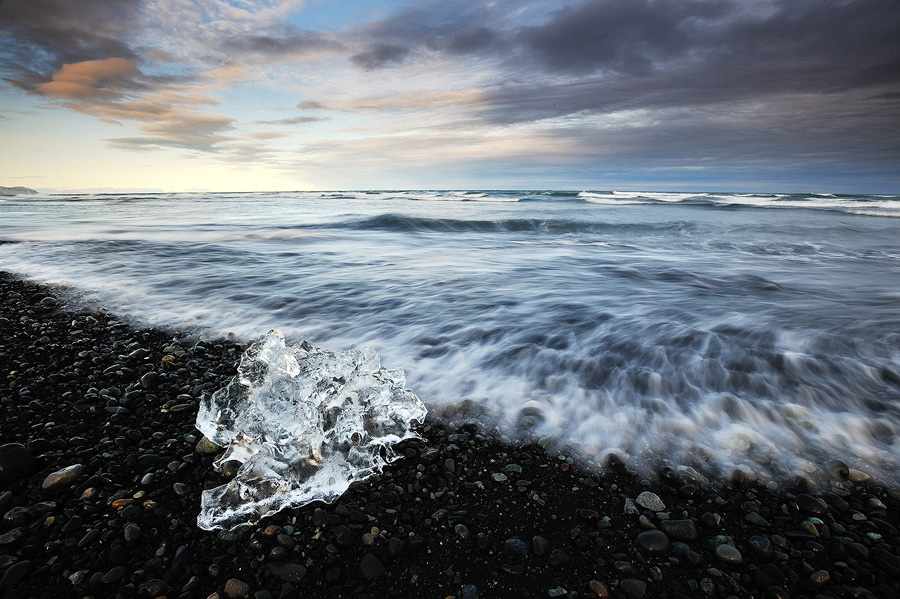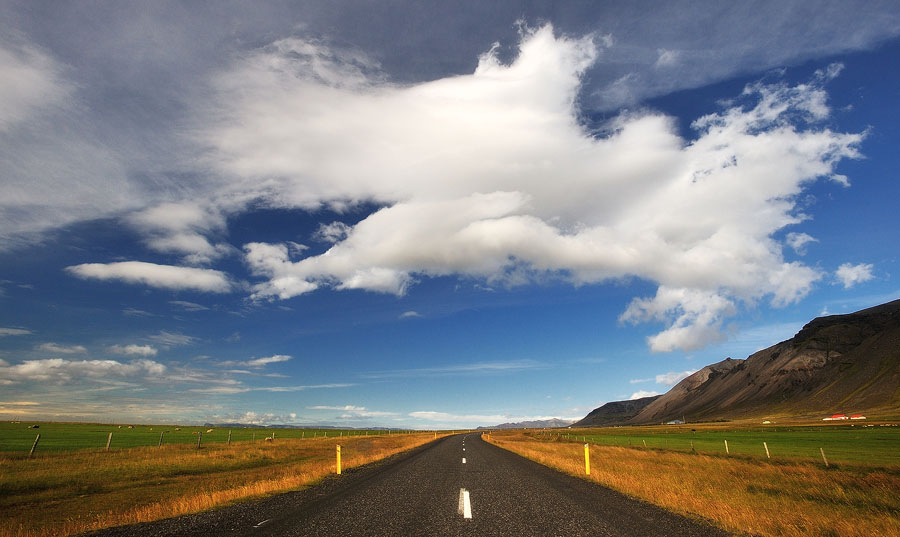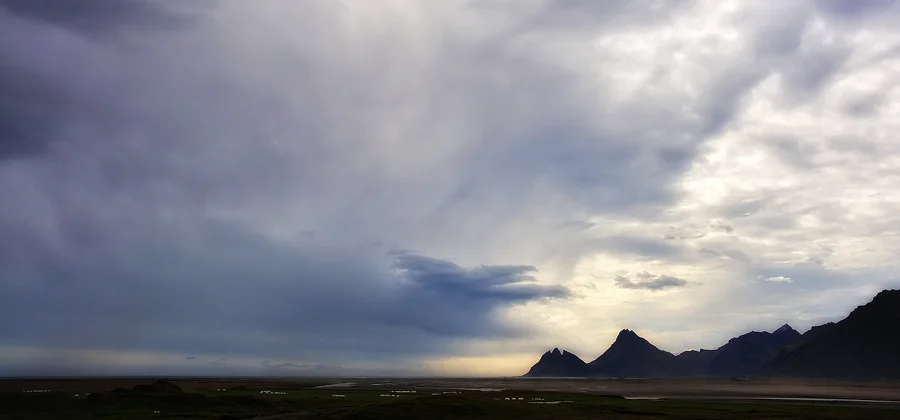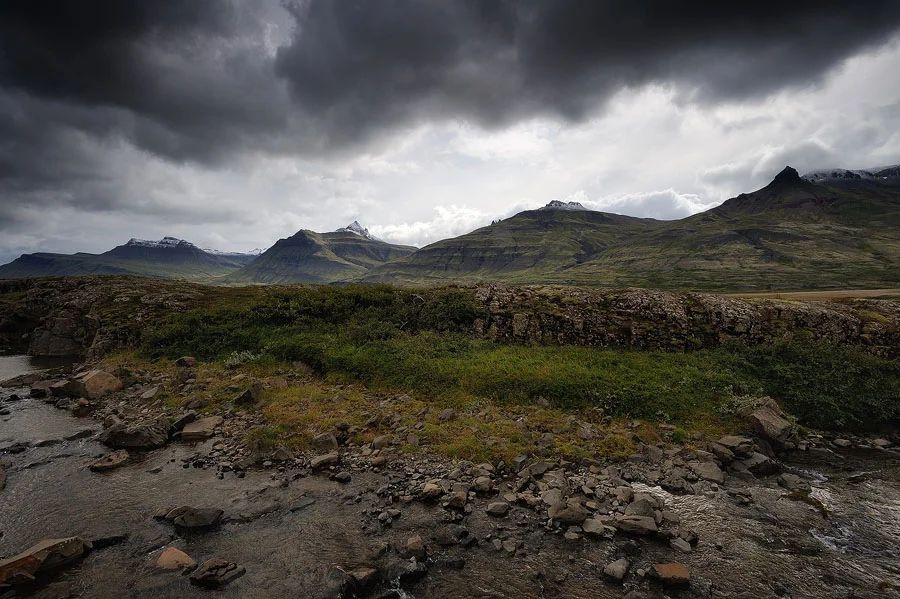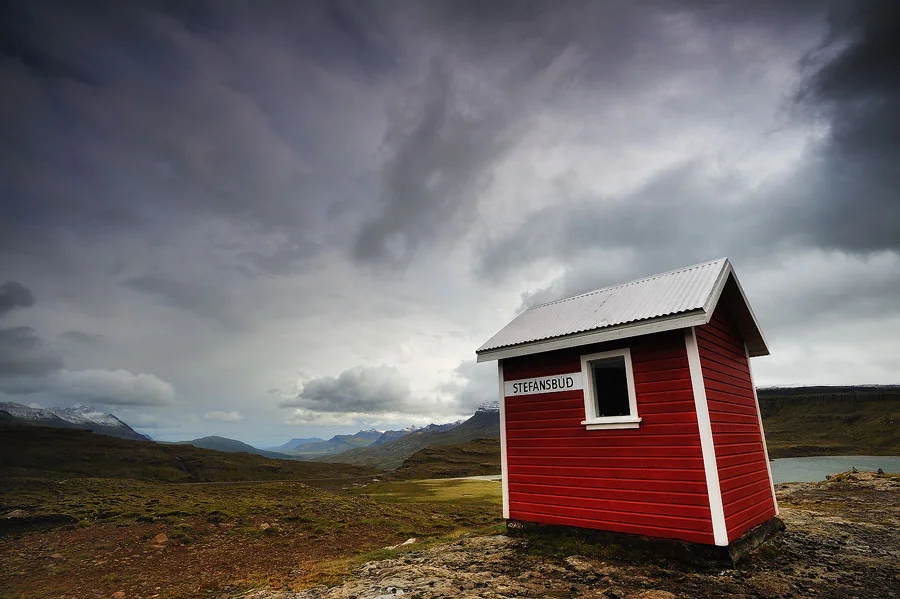ICELAND PART 2: THE SOUTH EAST
After leaving the highlands, we headed west across the southern coast of Iceland. The landscape continued to be amazing as we reached the beginning of the Skeidararjokull glacier, the 20km sweep of ice from the vast Vatnajokul glacier that descends almost to the road.
It's a breathtaking view, which continues to the left of the car for pretty much the entire time that you drive east across the south south eastern part of Iceland. The plains of the Skeidararsandur are a vast flat expanse of grey sand that stretches from a steely grey sea to the south up to the foot of the glacier, broken only by the glacial rivers that run across it carrying water from the Vatnajokul icecap to the ocean.
We followed the road through this incredible landscape until we reached Jokulsarlon, a lagoon at the foot of a branch of the Vatnajokul glacier, where icebergs break off from the icecap, drift serenely across the lagoon and out to sea, a journey which takes around 5 years. Still, seeing as the ice is around 1000 years old, 5 years probably doesn't seem like a particularly long time.
We hadn't really intended to stop to photograph it on this particular evening, after a long journey the plan was to go the extra 40km to the hotel and eat...but as we were passing through just at sunset, it was kind of impossible not to go and have a look. And once I'd gone to have a look, of course the camera came out.
The sunset on that particular evening wasn't anything special, but the water was incredibly calm and flat that evening (something that I never saw again), giving great reflections.
It's an amazing place, despite the fact that there's quite a bit of tourist infrastructure around it (car park, cafe etc) it still maintains an amazing atmosphere, and the sound of the ice creaking is absolutely incredible. After we'd taken a few shots, we headed over to the hotel, the Hali Guesthouse, which was wonderfully situated right next to the ocean, and had a restaurant with some of the best fish we ate during our time in Iceland.
The next day we got up and headed to the "city" of Hofn to switch hire cars. Chatting to the guy at the hire car agency, he told us that from the highlands that we'd been in on previous days to the south eastern tip where Hofn was situated, a distance of around 300 km, was inhabited by just 2000 people.
That stretch of the coast really is stunning, with the ocean to the south of the road and the peaks and glaciers of the Vatnajokull to the north.
That evening we headed back to Jokulsarlon, and even early on, it looked like we might be in for a good sunset. I spent some time at the beach photographing small icebergs that were washed up on the black, volcanic sand beach. To get really up close to the icebergs, and to get the water movement flowing right up to the camera, meant paddling in the ocean with my tripod and my shoes off. The first time a wave ran over my feet, it really took my breath away...it's a cold, cold ocean. But after a while, you do get used to it...it only hurts when you stop.
As the sunset grew closer, I walked back up the beach to the lagoon to concentrate on shooting the icebergs and the glacier with the setting sun behind it. Again, as the evening before, the noise from the creaking and groaning ice was incredible, and in this evening, I was lucky to get a really dramatic and colorful sunset. Sadly, there was quite a bit of wind, and the tide created quite a strong current in the lagoon, meaning that the water was too disturbed for reflections. It was a wonderful evening, and by the end of it, I was satisfied that I'd got pretty much everything I wanted to out of the location.
The following day we headed back west to the Skaftafell national park to hike up to the Svartifell waterfall. We had lovely weather again, and no rain. The visitor centre at Skaftafell is superb, with great hiking paths and a fantastic restaurant. We too the relatively easy hour long climb up to the Svartifoss falls and spent a pleasant hour photographing there. When we had pretty poor weather for most of our time in Iceland, it seems pretty churlish to complain about warm sunshine, but on this day I really would have liked a bit more cloud as shooting waterfalls in bright sunlight is far from ideal. The contrast between highlights and shadows is difficult to manage, so I spent most of my time at Svartifoss cutting out the sky and focusing on shooting abstracts of the basalt rock structures where the water cascaded. Each of the waterfalls I saw in Iceland seemed to have a different character, and Svartifoss is a very peaceful calm, place to shoot with rock structures reminiscent of the giants causeway in Ireland.
Heading back to the guesthouse after shooting the falls, the sky darkened and a rainstorm started to follow us. The contrast of sunlight, backlighting the rain against the dark dramatic clouds was worth attempting to photograph, but it was tricky to find a location to do it justice. Later on in the same journey, just after crossing one of the many narrow bridges that cross glacial run off rivers every few kilometers in the south east, we saw some deer on the road. As I wrote above, it's a very sparsely populated part of the country (although, EVERYWHERE in Iceland is sparsely populated) and there's little danger of the deer being hit by cars here.
After an unsuccessful shoot that evening at the Vestrahorn (the peak at the south eastern tip of Iceland), where the wind was so strong it took a graduated filter right out of my hand and smashed it on the rocks, we got up the next morning for the next stage of our journey. We were heading to the north along Route 1, which meant going around the south eastern fjords of Iceland before cutting in ward and heading north west across the volcanic plains until we got to Lake Myvatn.
This part of Iceland is perhaps least known. I've seen very little photography from here, and after passing through it on our journey, I was a little sad that we didn't have a couple of days to spare, as it is no doubt a fantastic location for sunrises across the ocean and sunsets above the peaks and fjords. We drove through it in the early afternoon, in rain and some of the strongest winds I have ever seen. At one stage we passed waterfalls where the whole body of water was being lifted by the wind and thrown back up the cliff, and when we tried to stop, the wind against the car almost stopped us from being able to open the doors.
Despite all this though, and some hairy moments driving along narrow roads above sheer drops to the ocean with wind throwing the car around the road, it was a fascinating part of the journey and a beautiful corner of the country.
As we headed east, the tarmac disappeared from the road and we found ourselves driving on a dirt track...despite the fact that this was still Iceland's main road. The track curved up into the peaks and a pretty steep rate, and in no time at all we were crossing over the ridge of mountains that borders the east coast and heading into the plains that mark the beginning of the north.

